BP Portrait Award 2013, National Portrait Gallery | reviews, news & interviews
BP Portrait Award 2013, National Portrait Gallery
BP Portrait Award 2013, National Portrait Gallery
It's popular and it's always worth a visit, but a portrait award is an oddity among art prizes
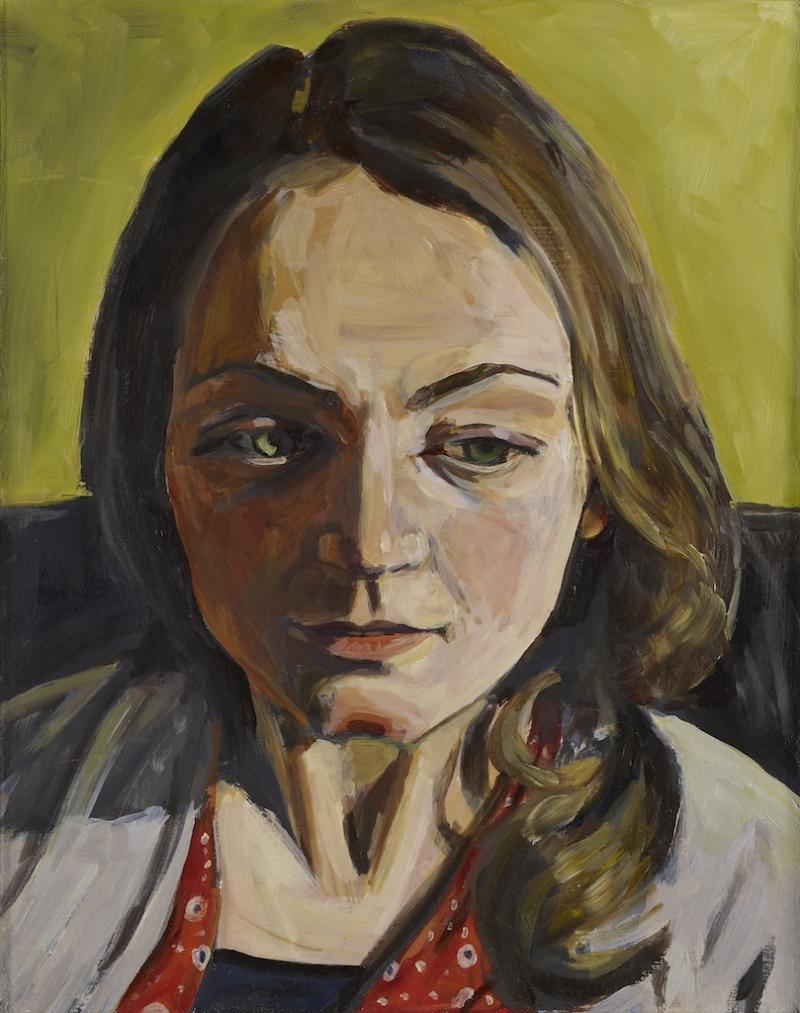
One is increasingly struck by the oddity of an annual portrait prize, or at least I am. Imagine an annual still life award or an open competition for a major prize for abstract art. And imagine how formulaic and stale that would soon become. How many variations of a photorealist table laden with grapes or half drunk glasses of wine could you put up with? Or just think of all those coolly two-tone geometric canvases that’ll come pouring in.
So it’s not just that portraiture was for so long an unfashionable genre, or at least not that alone, that’s had the critics all sniffy and dismissive over the years. To restrict an open art prize to genre rather than form is surely asking for trouble. Cliché becomes unavoidable. We see it in the over-life-size canvases depicting flesh so bruised it’s on the point of putrefaction, or in the noble head of a proud and stoic African woman who stares into the middle-distance, or in the self-portrait of an artist multiplied by some mirror trickery. It’s not that they are so bad in themselves, but the clichés build up.
It’s more than a competent winner, but the Neel references probably do it few favours
This year’s exhibition is certainly no worse than previous years and a whole lot better than some, though I’m not sure how surprised one should be - given the winning entries are chosen by one panel - that the three winning paintings appear remarkably similar. It's as if the judges knew exactly want they wanted to find before they saw it. This doesn’t suggest that any of them were open to having their ideas jolted about what makes a good portrait. Perhaps that admits of a certain complacence.
There’s something distinctly Alice Neel-ish about the winner of the first prize, Susanne du Toit’s portrait of her son Pieter (pictured below right): its graphic contours, the slightly stiff bearing of its subject squeezed into a chair that barely accommodates him, the acid-sharp colours. It’s more than a competent winner, but the Neel references probably do it few favours, for Neel’s characters appear larger than the canvas, so to speak; her portraits are fraught with meaning and replete with ambivalence – are the sitter's nervous or annoyed, content or bored?
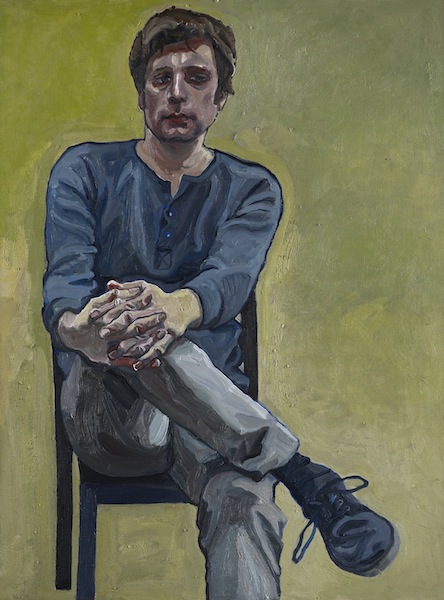 Lime-green seems to be a favoured colour this year. It provides the backdrop for all three winning paintings: in John Devane’s runner-up The Uncertain Time (see gallery below), a large horizontal canvas featuring three awkward adolescents busy looking preternaturally awkward, as adolescents in paintings often do, and in Owen Normand’s (Young Artist Award) Das Berliner Zimmer (The Berlin Room) (main picture), which is, in fact, a rather arresting, tender and subtly lively close-up portrait of a young woman, the paint loose and buttery, and with one half of the sitter's face deep in unmodulated shadows.
Lime-green seems to be a favoured colour this year. It provides the backdrop for all three winning paintings: in John Devane’s runner-up The Uncertain Time (see gallery below), a large horizontal canvas featuring three awkward adolescents busy looking preternaturally awkward, as adolescents in paintings often do, and in Owen Normand’s (Young Artist Award) Das Berliner Zimmer (The Berlin Room) (main picture), which is, in fact, a rather arresting, tender and subtly lively close-up portrait of a young woman, the paint loose and buttery, and with one half of the sitter's face deep in unmodulated shadows.
There are a number of well-known faces this year, too, which fits well with the original remit of a national portrait gallery, but which now suggests how uneasily portraiture fits into the contemporary painting canon, if one can be confident that such a thing exists. National portrait galleries are about the celebrity of the subject, rather than a celebration of the work of the artist. Here we have Emeli Sandé, Alastair Campbell, Philip Glass and Noam Chomsky.
Daan Van Doom's black and white Glass comes to us via Chuck Close, but with none of Close’s pore-deep scrutiny. The Vaseline glaze takes the edge off an imposing presence, and the lively ferocity of Close’s portraits, which Doom cites as a major influence, is subdued. That may also be said of the soft-focus Alastair Campbell, by Paul Anthony Barker (see gallery below), but in this case it's doubly amplified. On the other hand, Barker does capture a certain veiled vulnerability, which is a feat.
One very kitsch portrait looks to be a bad joke, but probably, sadly, isn't. David Nipo is an Israeli artist whose subject is his agent (see gallery below) Ronald Fuhrer, of Tel Aviv (Fuhrer must get sick of the raised eyebrows). In his big fur-trimmed coat and theatrically cruel gaze, there is something gaily SS about him. One is almost reminded of Mel Brooks and The Producers. If only one could see the jackboots and the stockings.
Explore topics
Share this article
The future of Arts Journalism
You can stop theartsdesk.com closing!
We urgently need financing to survive. Our fundraising drive has thus far raised £49,000 but we need to reach £100,000 or we will be forced to close. Please contribute here: https://gofund.me/c3f6033d
And if you can forward this information to anyone who might assist, we’d be grateful.

Subscribe to theartsdesk.com
Thank you for continuing to read our work on theartsdesk.com. For unlimited access to every article in its entirety, including our archive of more than 15,000 pieces, we're asking for £5 per month or £40 per year. We feel it's a very good deal, and hope you do too.
To take a subscription now simply click here.
And if you're looking for that extra gift for a friend or family member, why not treat them to a theartsdesk.com gift subscription?
more Visual arts
 'We are bowled over!' Thank you for your messages of love and support
Much-appreciated words of commendation from readers and the cultural community
'We are bowled over!' Thank you for your messages of love and support
Much-appreciated words of commendation from readers and the cultural community
 Photo Oxford 2025 review - photography all over the town
At last, a UK festival that takes photography seriously
Photo Oxford 2025 review - photography all over the town
At last, a UK festival that takes photography seriously
![SEX MONEY RACE RELIGION [2016] by Gilbert and George. Installation shot of Gilbert & George 21ST CENTURY PICTURES Hayward Gallery](https://theartsdesk.com/sites/default/files/styles/thumbnail/public/mastimages/Gilbert%20%26%20George_%2021ST%20CENTURY%20PICTURES.%20SEX%20MONEY%20RACE%20RELIGION%20%5B2016%5D.%20Photo_%20Mark%20Blower.%20Courtesy%20of%20the%20Gilbert%20%26%20George%20and%20the%20Hayward%20Gallery._0.jpg?itok=7tVsLyR-) Gilbert & George, 21st Century Pictures, Hayward Gallery review - brash, bright and not so beautiful
The couple's coloured photomontages shout louder than ever, causing sensory overload
Gilbert & George, 21st Century Pictures, Hayward Gallery review - brash, bright and not so beautiful
The couple's coloured photomontages shout louder than ever, causing sensory overload
 Lee Miller, Tate Britain review - an extraordinary career that remains an enigma
Fashion photographer, artist or war reporter; will the real Lee Miller please step forward?
Lee Miller, Tate Britain review - an extraordinary career that remains an enigma
Fashion photographer, artist or war reporter; will the real Lee Miller please step forward?
 Kerry James Marshall: The Histories, Royal Academy review - a triumphant celebration of blackness
Room after room of glorious paintings
Kerry James Marshall: The Histories, Royal Academy review - a triumphant celebration of blackness
Room after room of glorious paintings
 Folkestone Triennial 2025 - landscape, seascape, art lovers' escape
Locally rooted festival brings home many but not all global concerns
Folkestone Triennial 2025 - landscape, seascape, art lovers' escape
Locally rooted festival brings home many but not all global concerns
 Sir Brian Clarke (1953-2025) - a personal tribute
Remembering an artist with a gift for the transcendent
Sir Brian Clarke (1953-2025) - a personal tribute
Remembering an artist with a gift for the transcendent
 Emily Kam Kngwarray, Tate Modern review - glimpses of another world
Pictures that are an affirmation of belonging
Emily Kam Kngwarray, Tate Modern review - glimpses of another world
Pictures that are an affirmation of belonging
 Kiefer / Van Gogh, Royal Academy review - a pairing of opposites
Small scale intensity meets large scale melodrama
Kiefer / Van Gogh, Royal Academy review - a pairing of opposites
Small scale intensity meets large scale melodrama
 Jenny Saville: The Anatomy of Painting, National Portrait Gallery review - a protégé losing her way
A brilliant painter in search of a worthwhile subject
Jenny Saville: The Anatomy of Painting, National Portrait Gallery review - a protégé losing her way
A brilliant painter in search of a worthwhile subject
 Abstract Erotic, Courtauld Gallery review - sculpture that is sensuous, funny and subversive
Testing the boundaries of good taste, and winning
Abstract Erotic, Courtauld Gallery review - sculpture that is sensuous, funny and subversive
Testing the boundaries of good taste, and winning
 Edward Burra, Tate Britain review - watercolour made mainstream
Social satire with a nasty bite
Edward Burra, Tate Britain review - watercolour made mainstream
Social satire with a nasty bite

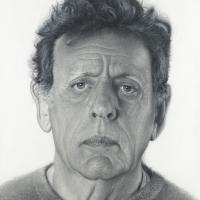

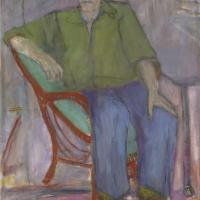




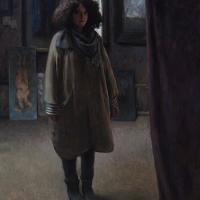
Add comment